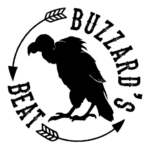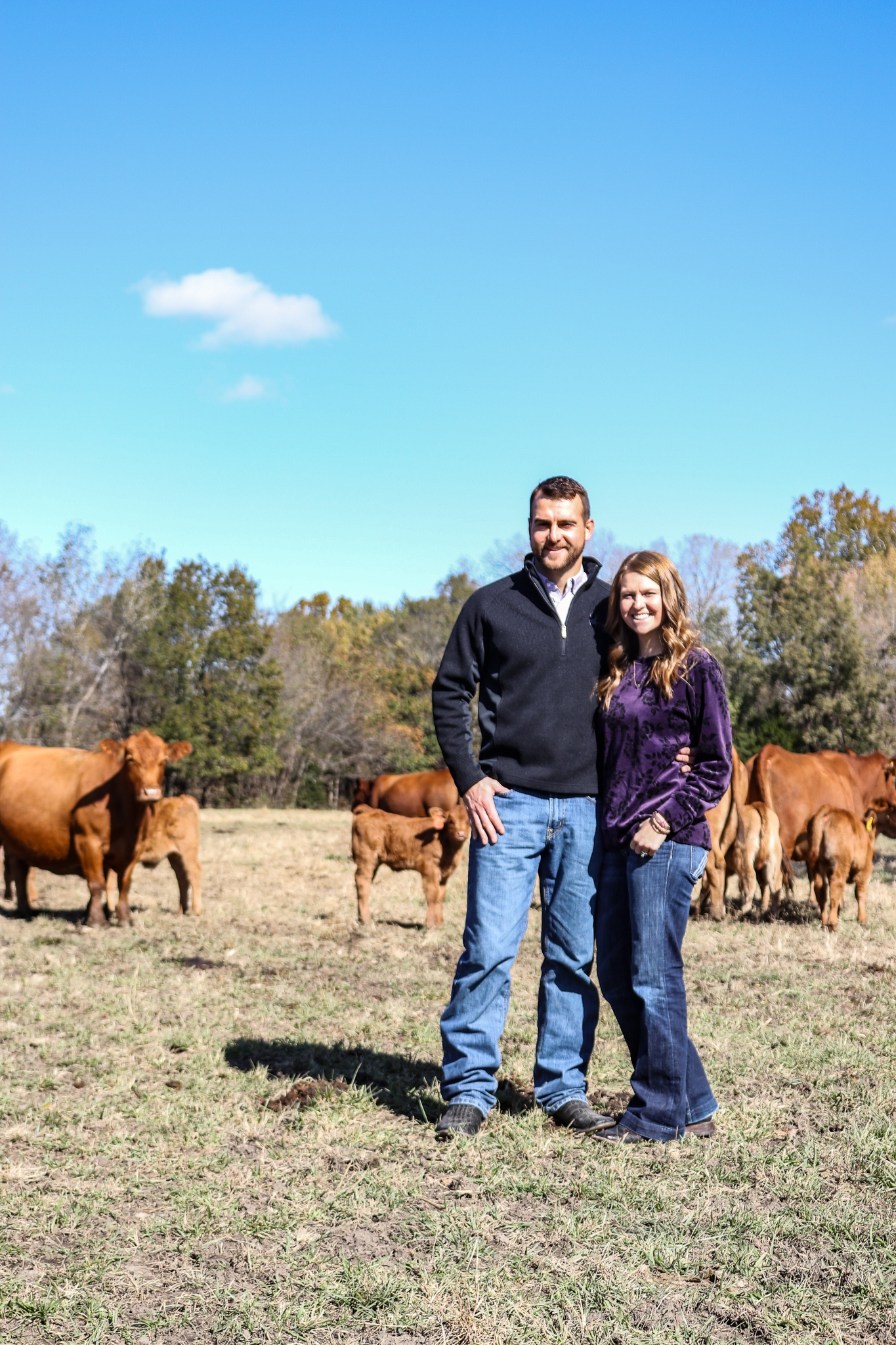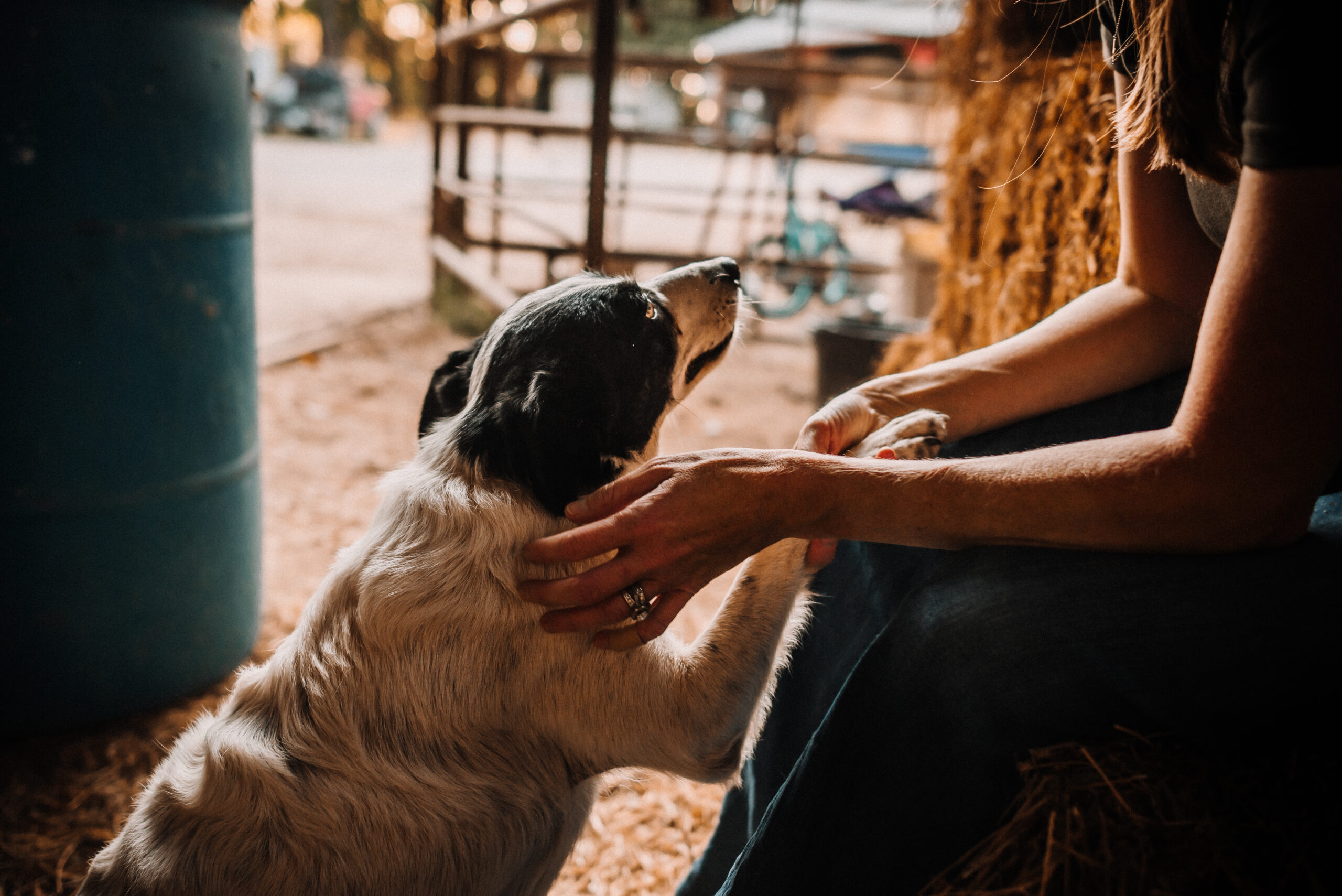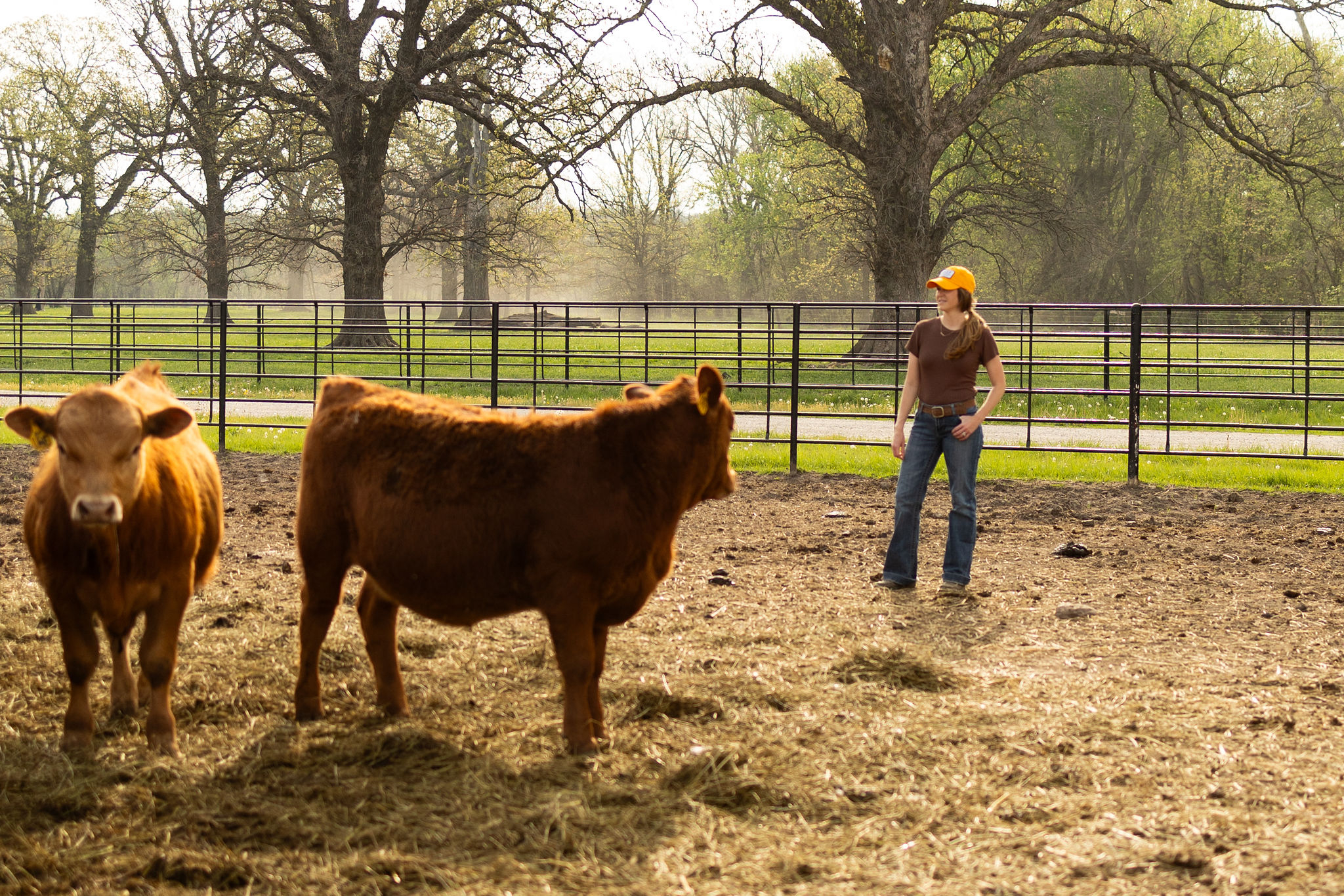I borrowed that title from a breast cancer awareness campaign I helped with in college. Our Collegiate Cattlewomen group at Kansas State University designed and sold t-shirts every October to raise money for breast cancer research and support. One year, the t-shirt said “Big or Small, Let’s Save Them All!” and I think that’s a great segue into a conversation about farm and ranch size.

Big doesn’t mean bad and small doesn’t mean nonfunctional. We need farms and ranches of all sizes.
Every time I see a comment that demonizes large farms or ranches, simply for being large or, even worse, for being corporate – my blood boils. For example, this comment I recently saw on Facebook just lit me on fire. Let me explain why.
“It’s the corporate, big farms that are the problem, not meat itself. It’s the process in which they grow and harvest the meat.” This person is a CPA – not a farmer, rancher, scientist or agriculture expert in any way.
A corporation is a business structure. A tax designation. It’s not indicative of size, morality or scope of a business. It’s literally just a classification of a business and it’s quite common on farms and ranches where more than one person makes decisions or draws income from the farm or ranch. That’s it.
When someone demonizes corporate farms and ranches, what they are actually demonizing is growth and profitability. Profitability is a big part of sustainability – if a farm or ranch isn’t profitable, it darn sure won’t be sustainable for several decades. Large or small, corporate farms quite often support multiple families, many of which aren’t related to the owners. Large or small, those employees generally live in rural communities and plug their salaries back into the local economy, supporting other family-owned businesses. Large or small, 98% of US farms and ranches are family owned/operated – size quite honestly doesn’t matter. But if we must talk about size, let’s discuss a few more size-oriented points:

You can’t spell “farm” without “FAM”
- The average beef herd size is 43.5 cows and herds that have 100 or more head make up less than 10% of all beef herds in the U.S. Additionally, farms and ranches with 50 or fewer head are in operation largely for providing supplemental income for off-farm employment (although I would argue that the in-town job is to pay for the cows and provide health insurance, if we’re being completely honest!).
- The average farm size is only 441 acres – if you are unfamiliar with farm sizes and land productivity, it would be very difficult for an average U.S. family of four to live solely off the income of a conventional commodity farm that is 441 acres. In most cases, one or more of the owners in that situation would have an “in-town” job to help provide income. That’s what our family does – both my husband and I have “off-the-ranch” jobs because our ranch doesn’t pay all the bills our family generates. Honestly, most farmers earn off-farm income, but small scale operators depend on it.
All farms have their place and we need farms and ranches of all sizes to meet the wide variety of demands from grocery shoppers. For example, from my observations and personal experiences, small farms and ranches are better able to differentiate their products for areas like farmers markets and local product marketing. During our nationwide COVID crisis, lots of small-scale farmers and ranchers have had to pivot to overcome the market and supply chain challenges.
Alternatively, large farms and ranches are often some of the first to adopt new technologies, tools and processes because generally new technology is expensive to purchase and the overhead cost can be justified across a larger number of animals and/or acres. Neither of these skillsets or specific farm features are better than the other, they are just different. [bctt tweet=”Which is exactly the nature of our nation’s farms and ranches: neither large or small is better than the other, they are just different. ” username=”brandibuzzard”]
In closing, let me reiterate – big is not bad. Big is not a determinant of ethical standing. Let’s stop the demonizing and support all farms and ranches, since we need all of them to provide our nation with a safe, nutritious and readily available food supply.
Until next time,
~ Buzzard ~
Want posts in your inbox? Sign up on the homepage for automatic delivery – no spam emails, ever. Additionally, if you want a behind the scenes look at ranch life, rodeo, parenting and all sorts of other fun stuff, follow my Instagram account @brandibuzzard.



